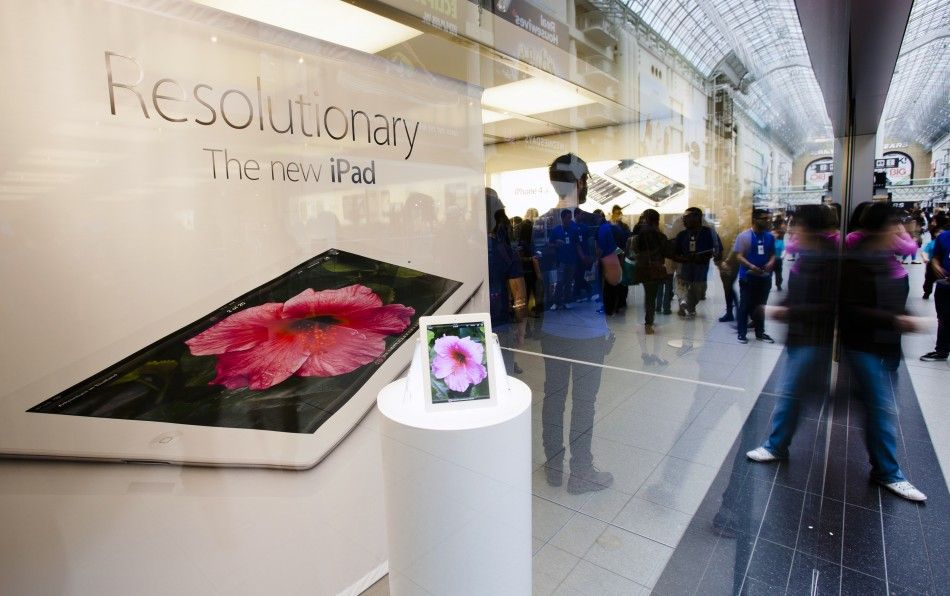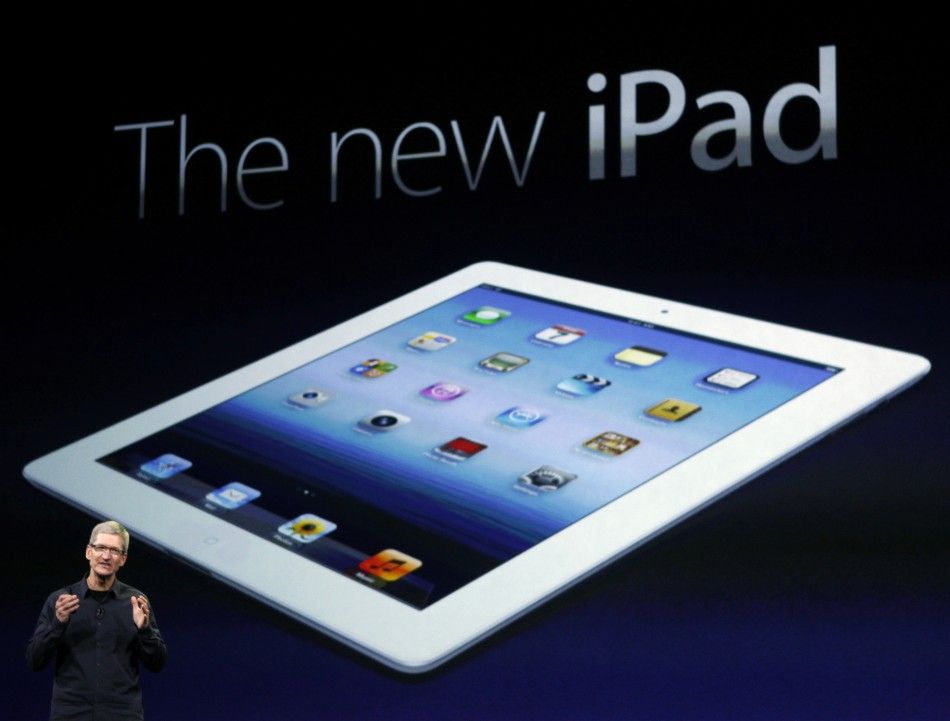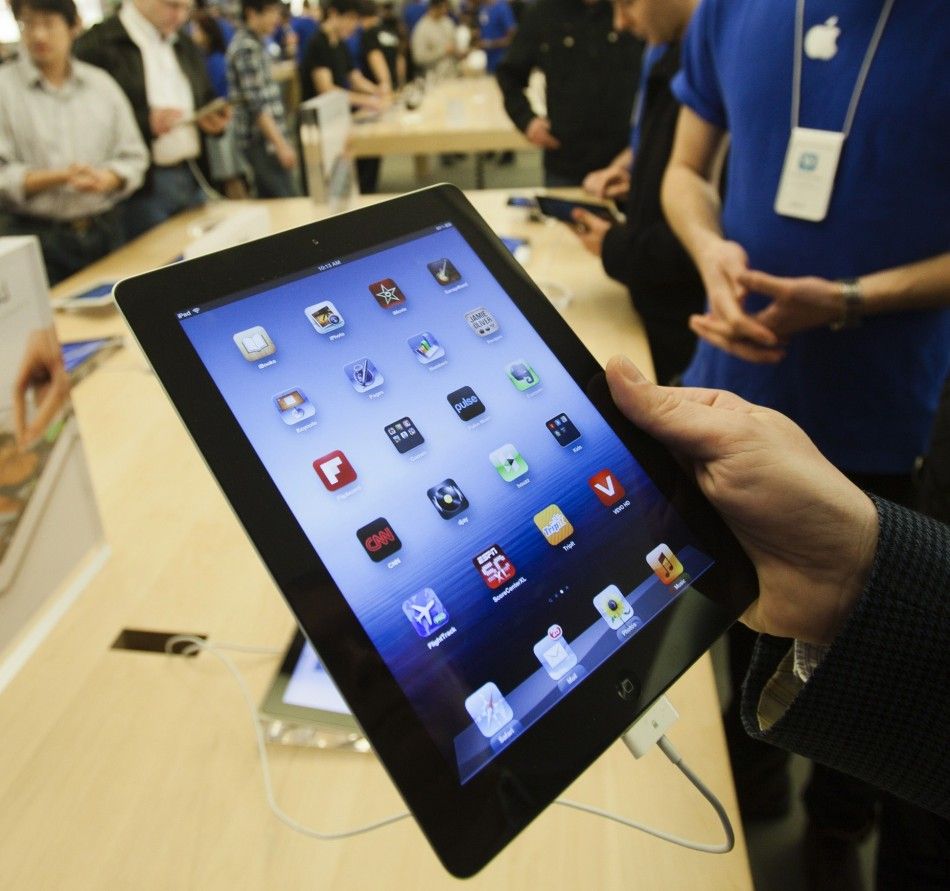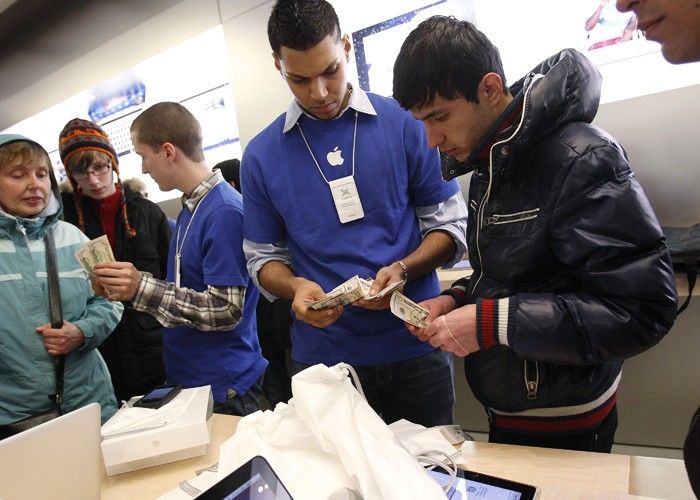What is Spectrum Crunch? Data Plans to Evolve as new LTE iPad 3 Roars Over Wireless Networks
New iPad users who've purchased the 4G LTE-enabled variant have begun hitting their data plan limits only days after taking their new toy out of the box. There are many reasons for this, and several ways to combat it, but another more comprehensive problem is being unmasked in this situation. As more and more mobile internet devices connect to cellular antennas, carriers have to make more room for them. Additionally, carriers are looking into new shared data plans so people don't need to have a separate plan for both a tablet and a smartphone.
We fully support the shared plans, but the subject of making enough room on cellular networks for the exploding popularity of smartphones is very different. For example, Verizon claims it's running out of room on its broadband network, and this is what is referred to as a spectrum crunch. We're talking about wireless signals and the frequencies at which they fly through the air. These frequencies are regulated by the Federal government, and a whole new chapter is being written now in the ongoing FCC debate about how to control our airwaves.
AT&T already tried to address its own dwindling supply of network space, and it tried to buy T-Mobile for just that reason. The U.S. Justice Department shot the deal down, and consumer advocates rejoiced. Now, Verizon is making a similar bid, but with cable companies instead of a smaller telecommunications companies. Verizon wants to buy unused spectrum from Comcast, one of the nation's largest cable companies, to bolster its network. However, consumer advocates and a consortium of smaller carriers object to the move on anti-trust grounds. Tell us in the comments if you'd consider a shared data plan or if you think the spectrum crunch has caused more dropped calls and poor connections. Start the slideshow to see more details about the wireless signals used by LTE devices like the new iPad






© Copyright IBTimes 2024. All rights reserved.




















